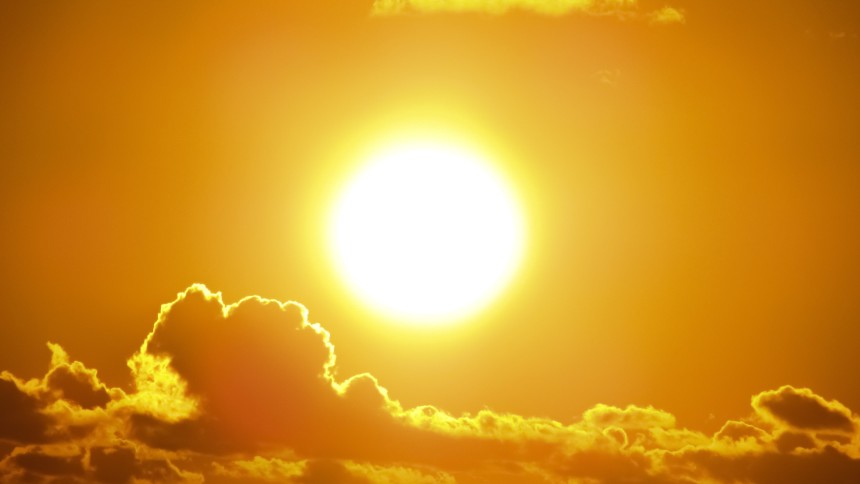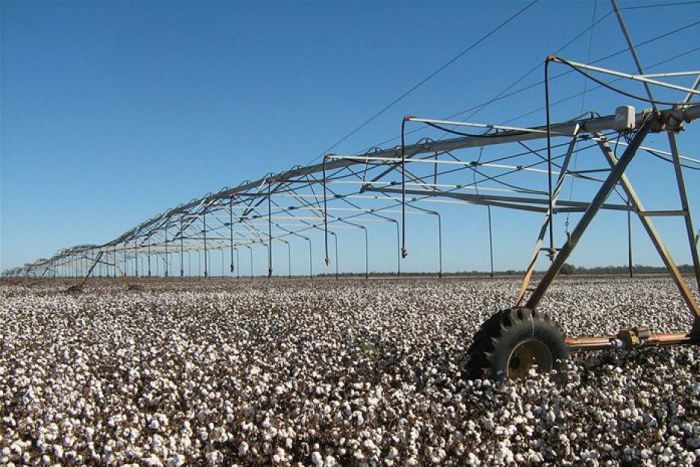‘Really, really vulnerable’: Water-sharing plans not taking Millennium Drought into consideration

At least four of the state’s 13 water-sharing plans are not taking the Millennium Drought into consideration when calculating how much dam water to quarantine for towns at the expense of irrigators. A further four are planning to use old data in drafted updates.
The planned updates come as Water Minister Melinda Pavey heads into battle on behalf of irrigators at the Murray-Darling Basin Ministerial Council in Brisbane on Tuesday, armed with threats to pull out of the basin plan unless her interstate counterparts agree to concessions that will allow the irrigators more water.
Under water management laws, a minimum amount of dam water needs to be saved for towns, stock, the protection of the river system and high security licence holders before it is divided up between irrigators, based on the lowest historical inflow into each catchment.
 But in 2014 the then water minister Kevin Humphries pushed through an amendment to the laws to only consider droughts up to 2004 in assessing the worst drought on record, as taking the Millennium Drought into account “would result in significant quantities of water being taken out of production and held in reserve in case an equally severe drought occurs”.
But in 2014 the then water minister Kevin Humphries pushed through an amendment to the laws to only consider droughts up to 2004 in assessing the worst drought on record, as taking the Millennium Drought into account “would result in significant quantities of water being taken out of production and held in reserve in case an equally severe drought occurs”.
Irrigators would lose eight per cent of their allocations on average and up to 20 per cent in some years, he said.
In the event, the current drought has eclipsed its predecessors by a significant margin in many areas of the state and dams have depleted more quickly than expected.
Independent MP Justin Field, who analysed the draft plans being considered by the Department of Planning, Industry and the Environment, said Mr Humphries’ amendment had allowed irrigators to use water that would otherwise have been available to towns, and led to the critical water shortages NSW was now facing.
“The consequence of this decision is that what was seen by the government as an efficient use of water has left us in a really, really vulnerable state in a time of drought, particularly an extreme drought,” Mr Field said. “The other states should look with some cynicism at the theatrics of the NSW Nationals over the Murray-Darling Basin Plan, given their poor record at managing this state’s water resources.”
Nine of the catchments updated their water-sharing plans after 2014 to take more recent droughts into account, but those familiar with the water allocation system say nothing changed in practice.
Grant Tranter of the irrigation group Macquarie River Food and Fibre said the lowest inflows into the Macquarie river system before the current drought were in 2012-16, but there was “no mechanism” to include that data in the water allocation system so the 1936-39 drought had been taken as the benchmark.
The last time irrigators got any water – in 2017 – they were allocated more than was ever returned to the river system in rainfall, and it was clear that the system of allocating water according to “anticipated” inflows would need to be reviewed, he said.
“I think there will be a conversation,” Mr Tranter said. “It’s happening now: what are we going to do next time there’s some water to be had? The policy has worked for a long time, it’s just we’re in uncharted waters.”
Draft plans for the Macquarie-Cudgegong, Gwydir, Border Rivers and Paterson river systems indicate they will formally revert to using old data when they update their water-sharing arrangements, which they need to do in accordance with their obligations under the Murray-Darling Basin Plan.
The Macquarie-Cudgegong and Gwydir will only consider droughts up to 2004, while the Border Rivers will take into account droughts up to 2009 and the Paterson up until 2007.
The Murray and Lower Darling, Murrumbidgee, Lachlan and Hunter river systems have enshrined the use of pre-2004 drought data in their water-sharing plans since 2014.
Ms Pavey said the Millennium Drought was not the worst on record for all valleys in NSW. Though all the water-sharing plans were drafted to prepare for the worst, the state was currently experiencing even more severe conditions.
“Water is allocated under water-sharing plans in a way that strikes a balance between water for farming, irrigation and industry, and water for towns and domestic use,” Ms Pavey said. “Regardless of the allocation in a water-sharing plan, town water is always prioritised, including over high-security allocations.”
 NSW drought co-ordinator Michael Wrathall said the water-sharing plans use a separate analysis to the ones that guarantee water for critical human need during a time of drought, which continually take into account the most recent data.
NSW drought co-ordinator Michael Wrathall said the water-sharing plans use a separate analysis to the ones that guarantee water for critical human need during a time of drought, which continually take into account the most recent data.
He acknowledged that there had been a significant shortfall in the Macquarie River system after the anticipated inflows were not met, but this would have been the case on any previous drought benchmark, because the region had only received 30 per cent of its previous lowest rainfall.
“Something we’re going to be reviewing after this drought is how we protect towns and how critical measures are met and how we manage adequately,” Mr Wrathall said. “Droughts play out in quite a number of different ways and if we define the rules in legislation you can end up having perverse outcomes if the drought plays out in a way you didn’t expect.”
ANU Centre for Water Economics director Quentin Grafton said NSW water-sharing plans were based on the assumption that normal conditions would prevail, while climate modelling indicated that periods of high temperatures and low rainfall would become more frequent.
“The decision-making that we’ve had in NSW is what I would call high-risk decision-making, because it’s not adequately accounting for the possibility of changes associated with climate change,” Professor Grafton said.
Burrendong Dam on the Macquarie River, which supplies the towns of Dubbo, Nyngan, Cobar, Wellington and Warren, is sitting at 2.9 per cent capacity, down from 90 per cent two years ago.
The Peel River’s Chaffey Dam, which supplies Tamworth, is down to 15.4 per cent. Pindari Dam on the Border Rivers is at 4.3 per cent and supplies town water for Ashford, Yetman, Boggabilla, Boomi and Mungindi, all of which are on severe restrictions.
Originally published by The Sydney Morning Herald, 17 December 2019.
